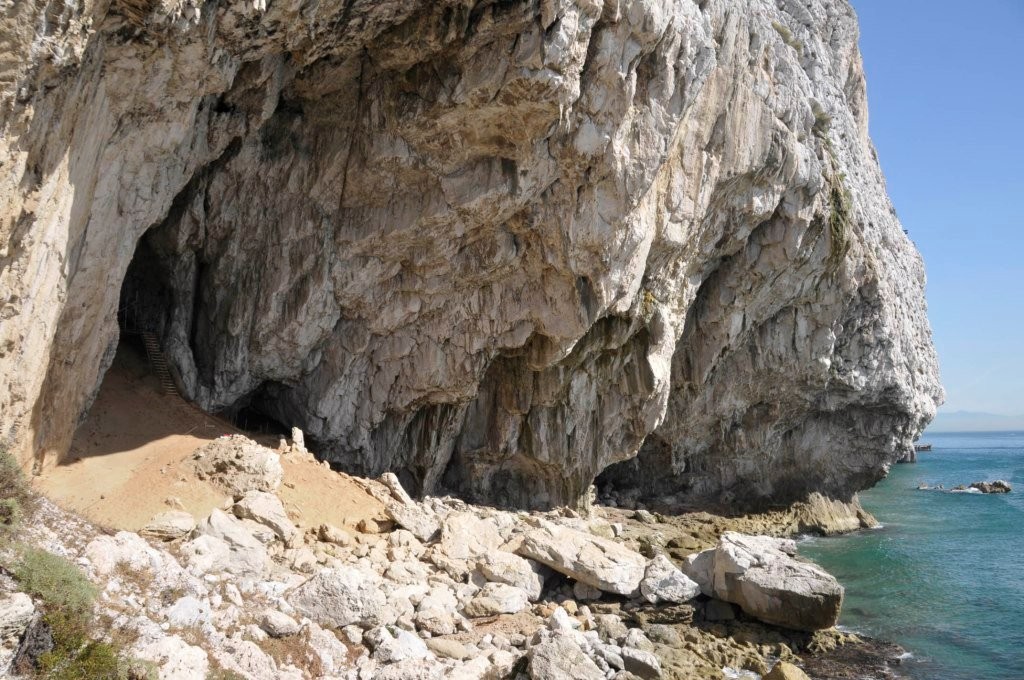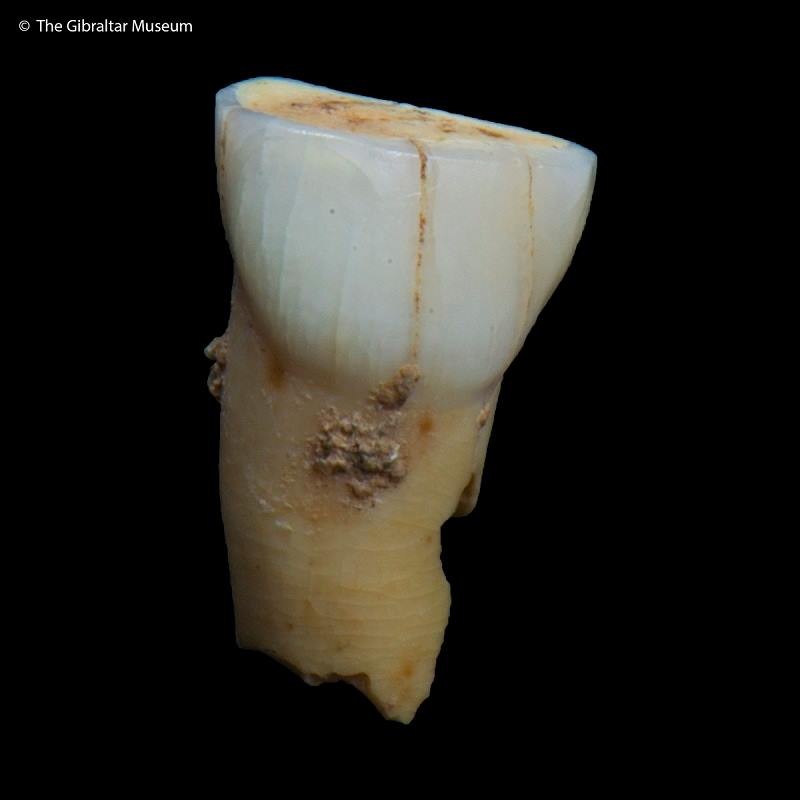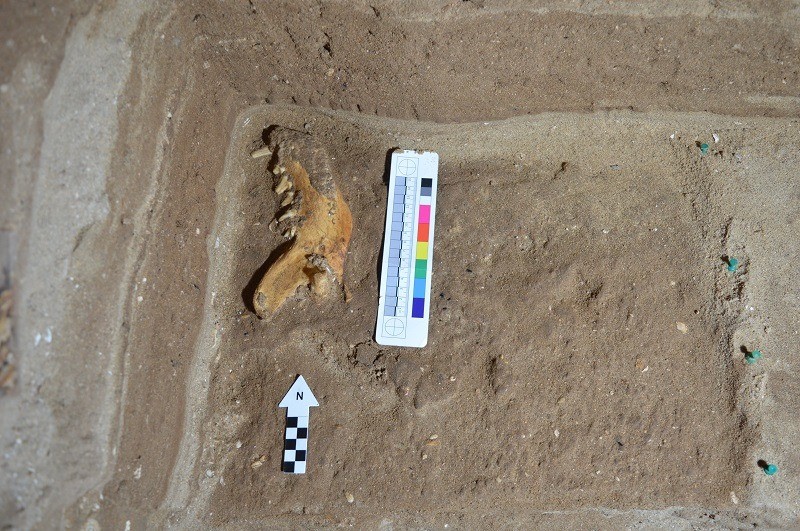The Vanguard Cave Child


The Vanguard Cave Child
Since the 19th century Gibraltar has had a close relationship with palaeoanthropological studies on Neanderthals. The chance discovery of the first near complete adult skull at Forbes’ Quarry in 1848 followed by the finding of a child’s skull at Devil’s Tower Rock Shelter in 1926, by archaeologist Dorothy Garrod, have placed Gibraltar on the map as an important palaeoanthropological location.
After 1926, archaeological excavations continued, among them those carried out by John d’Arcy Waechter between 1948 and 1952. He recorded huge amounts of materials but no Neanderthal remains.
We had to patiently wait until 2017, when a deciduous (milk) tooth, a canine, was found in a level from the upper section of Vanguard Cave which is dated to approximately 50,000 years ago. The tooth likely belonged to a 4 to 5 year-old child.
The most recent levels from the Vanguard Cave sequence, barely present any evidence of human occupation since the cave was at the time almost completely blocked up by the shifting sand dunes, which would have made habitation difficult. The remains recorded corresponded with a den of scavenging carnivores, with chewed and digested bones, and hyaena coprolites and bones. For this reason, the current hypothesis is that the remains of this child were taken to the cave by hyaenas – not an exceptional situation in the Middle Palaeolithic.
Work is currently ongoing in that section of the cave in order to expand our knowledge of the taphonomic and palaeontological context of the tooth, and why not, maybe find more Neanderthal remains!

Published: April 20, 2020
Other similar VM - Palaeoanthropology
VM - Palaeoanthropology
The use of different types of sandstones as a natural resource by early inhabitants of Gibraltar.
Published: April 27, 2020
18-20 Bomb House Lane
PO Box 939,
Gibraltar
